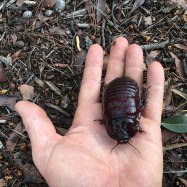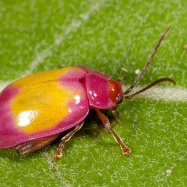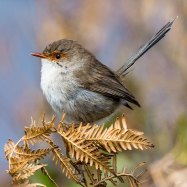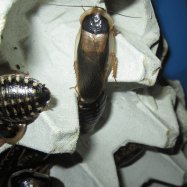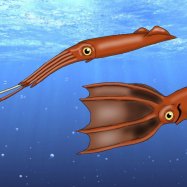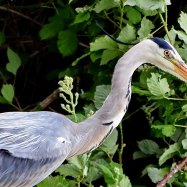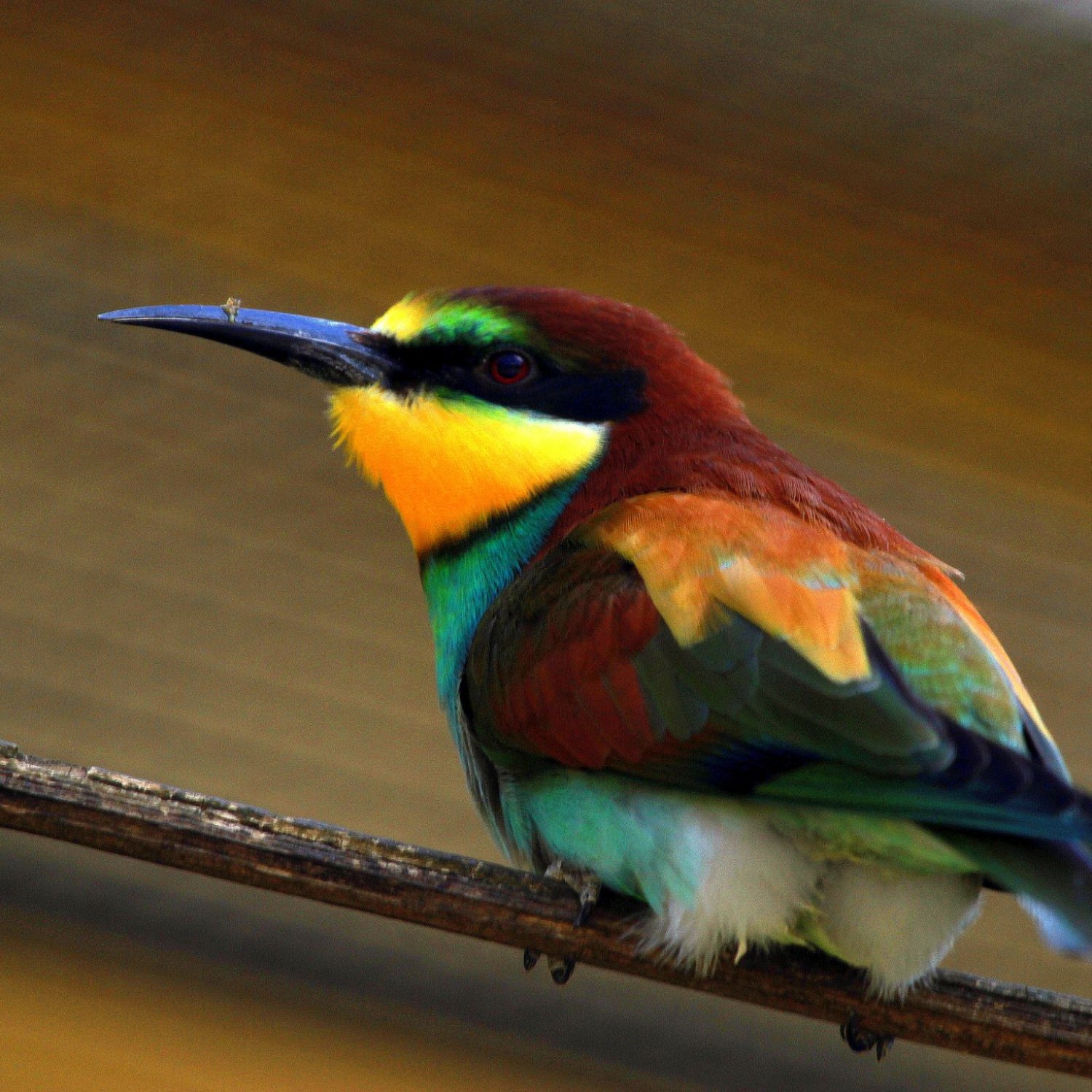
European Bee Eater
25-29 cm (9.8-11.4 inches)
The European Bee Eater is a stunning and unique bird found in woodlands, riverbanks, and agricultural fields. With its slender body, long neck, and medium-sized pointed beak, it is a sight to behold. Despite being named after bees, this colorful creature feeds on flying insects such as bees, wasps, and dragonflies. Keep an eye out for this beautiful bird in its natural habitats. #EuropeanBeeEater #birdwatching #naturelovers
Animal Details Summary:
Common Name: European Bee Eater
Kingdom: Animalia
Habitat: Open landscapes, such as meadows, steppes, hillsides, and river valleys
The Incredible European Bee Eater: A Colorful Bird with a Unique Diet
The animal kingdom is filled with fascinating creatures, each with its own unique characteristics and behaviors. Among these creatures is a bird that stands out not only for its colorful appearance but also for its interesting feeding method - the European Bee Eater.Scientifically known as Merops apiaster, the European Bee Eater is a member of the animal kingdom, specifically the Phylum Chordata, Class Aves, and Order Coraciiformes. It belongs to the family Meropidae, which is made up of 27 different species of bee eaters European Bee Eater. The European Bee Eater is one of the most widespread and well-known among these species. Its vibrant colors and distinct feeding habits have captured the attention of many bird enthusiasts worldwide.
A Habitat Suited for a Colorful Bird
The European Bee Eater is a bird native to Europe, hence its common name. It is primarily found in open landscapes, such as meadows, steppes, hillsides, and river valleys. These birds prefer open areas with short grasses and scattered trees, which allows them to hunt for insects more easily. They can also be found in woodlands, riverbanks, and agricultural fields, as long as there are open spaces to hunt for prey.This bird's preferred habitat is a reflection of its hunting method. The European Bee Eater is a highly skilled aerial hunter, and it needs a clear and open space to fly and catch its prey. It is also a migratory bird, spending its summers in Europe and traveling south to Africa and Southwest Asia during the winter months Equatorial Spitting Cobra. Its wintering grounds extend as far as the Sahel region in Africa, which is an indicator of its adaptability to different environments.
A Unique Diet of Flying Insects
One of the most interesting characteristics of the European Bee Eater is its feeding method. As its name suggests, this bird predominantly feeds on flying insects, especially bees, wasps, and hornets. It has evolved to become a specialized predator of these insects and has adapted its body accordingly.The European Bee Eater's slender and streamlined body, with a long, thin neck and a medium-sized pointed beak, is perfectly suited for catching flying prey. Its pointed beak allows it to snatch flying insects with precision, while its long, thin neck gives it the flexibility to maneuver in the air effortlessly. Additionally, its wings are broad and pointed, which gives it the power and speed to catch its prey mid-air.
Although bees, wasps, and hornets make up the majority of their diet, the European Bee Eater also feeds on other insects, such as flies, butterflies, and dragonflies. These birds have a particular hunting technique where they perch on a high vantage point and scan the area for flying insects. Once they spot their prey, they take flight and pursue it in the air, catching it with their beak in a swift and almost effortless motion.
A Colorful Display in the Sky
Apart from its unique feeding method, the European Bee Eater is also known for its bright and colorful plumage. These birds have a green upperpart, a yellow throat and underparts, and bright blue wings. These colors are more vivid in males than in females, making them stand out even more during the breeding season.The colorful display of these birds is not just for aesthetic purposes, but it serves a functional purpose as well. The vibrant colors serve as a visual signal for their compatibility and readiness to breed. Moreover, these birds are monogamous, meaning they mate with the same partner for life. Displaying their colorful plumage is a way for them to strengthen their bond and communicate with their partners.
Geographical Distribution and Origin
As mentioned earlier, the European Bee Eater is native to Europe, specifically found in European countries such as Spain, France, Italy, and Greece. However, they are also found in other parts of the world, including North Africa and Southwest Asia. Their wide distribution is attributed to their migratory nature, where they travel long distances in search of suitable habitats and prey.The European Bee Eater is traditionally found in more southern and warmer European countries. However, in recent years, there has been a northward expansion of their range, likely due to climate change and increasing temperatures. This expansion allows these birds to thrive in new habitats, where they may have not been able to survive before, providing them with more opportunities for foraging and breeding.
A Conservation Success Story
Like many other bird species, the European Bee Eater faces threats to its survival, such as habitat loss, pollution, and climate change. Despite these challenges, this bird has managed to maintain stable populations throughout its range, and its conservation status is currently listed as least concern.One of the reasons for this success is the implementation of conservation efforts by various organizations and governments. In countries like Spain, where the European Bee Eater is classified as a species of special interest, conservation measures such as the National Bee-Eater Monitoring Program and the designation of protected areas have helped to safeguard their populations. The creation of artificial nesting sites and increasing the availability of suitable habitats have also contributed to the increase in their numbers.
Another factor that has contributed to the European Bee Eater's conservation success is its social and monogamous nature. These birds often nest in colonies, where they can help each other in caring for their young and defending their territory. This social structure has made it easier for conservationists to monitor and protect these birds more effectively.
A Bird with Many Admirers
The European Bee Eater is a bird that has captured the attention of many people, from birdwatchers to scientists. Its striking appearance and unique feeding techniques have made it a favorite among bird enthusiasts. Moreover, its widespread distribution and successful conservation efforts have made it a symbol of hope for other bird species facing similar threats.In conclusion, the European Bee Eater is a prime example of how evolution has shaped a creature to adapt to its environment and specialize in a particular behavior. Its vibrant colors and graceful flight serve as a reminder of the beauty and diversity found in nature. As we continue to protect and conserve these birds and their habitats, we can also learn from them and understand the delicate balance and interconnectedness of all living creatures in our world.

European Bee Eater
Animal Details European Bee Eater - Scientific Name: Merops apiaster
- Category: Animals E
- Scientific Name: Merops apiaster
- Common Name: European Bee Eater
- Kingdom: Animalia
- Phylum: Chordata
- Class: Aves
- Order: Coraciiformes
- Family: Meropidae
- Habitat: Open landscapes, such as meadows, steppes, hillsides, and river valleys
- Feeding Method: Predominantly feed on flying insects, especially bees, wasps, and hornets
- Geographical Distribution: Europe, North Africa, and Southwest Asia
- Country of Origin: European countries like Spain, France, Italy, and Greece
- Location: Woodlands, riverbanks, agricultural fields
- Animal Coloration: Bright and colorful plumage; green upperparts, yellow throat and underparts, blue wings
- Body Shape: Slender and streamlined body with a long, thin neck and a medium-sized pointed beak
- Length: 25-29 cm (9.8-11.4 inches)
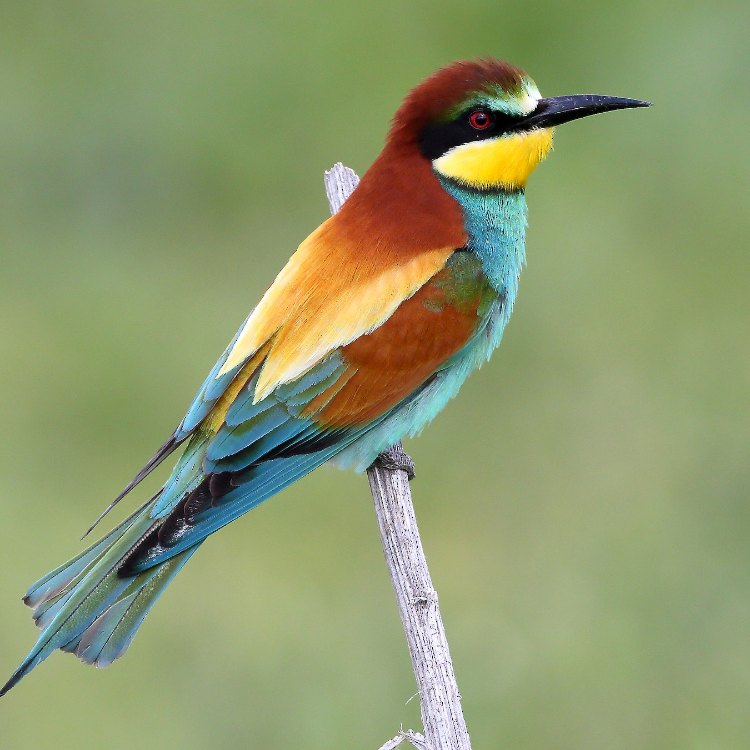
European Bee Eater
- Adult Size: Small to medium-sized bird
- Average Lifespan: 10-15 years
- Reproduction: Monogamous
- Reproductive Behavior: Nest in burrows they dig in sandy or loamy soil banks
- Sound or Call: Distinctive and melodious calls, including a soft, liquid chirruping 'prrrip-prrrip' sound
- Migration Pattern: Migratory bird, spending winters in sub-Saharan Africa
- Social Groups: Colonial breeders
- Behavior: Social and highly active, often seen perching on wires or branches
- Threats: Habitat loss, agricultural intensification, disturbance, and pesticide use
- Conservation Status: Least Concern
- Impact on Ecosystem: Important insect control role as they consume large numbers of pest insects
- Human Use: Hunting for food and sport in some regions, bird-watching and conservation efforts
- Distinctive Features: Long, pointed beak and vibrant plumage
- Interesting Facts: Their nesting colonies can contain hundreds of individual nests
- Predator: Birds of prey such as hawks, falcons, and owls
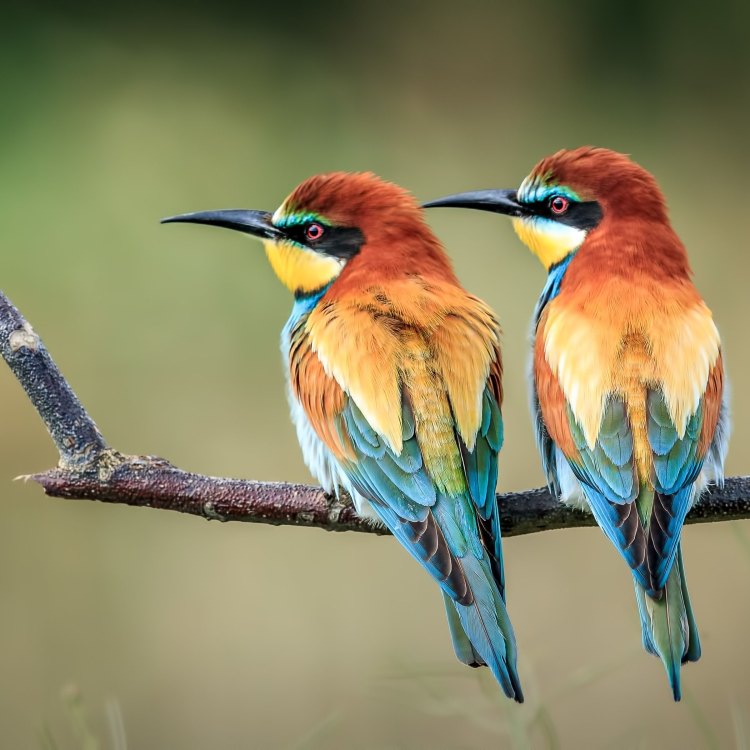
Merops apiaster
The European Bee Eater: A Small But Mighty Bird
The European Bee Eater, or Merops apiaster, is a small to medium-sized bird that can be found in various regions throughout Europe, Asia, and North Africa. Its striking appearance, melodious calls, and unique behavior make it a beloved and fascinating species among bird watchers and researchers alike.Despite its small size, the European Bee Eater has an average lifespan of 10-15 years, making it a relatively long-living bird. It is also known for its monogamous reproductive behavior, with pairs remaining loyal to each other throughout their mating season PeaceOfAnimals.Com.
Reproduction for the European Bee Eater is an interesting process. They nest in burrows dug in sandy or loamy soil banks, often in large colonies with hundreds of individual nests. These colonies can stretch for several hundred meters and are typically found in riverbanks or cliffs.
One of the most distinctive features of the European Bee Eater is its sound and call. They are known for their melodic and distinctive calls, including a soft, liquid chirruping 'prrrip-prrrip' sound that can be heard throughout their habitats.
The European Bee Eater is a migratory bird, spending its winters in sub-Saharan Africa. During the spring and summer months, they can be found in various parts of Europe, including Spain, Italy, and the Balkans, where they breed and raise their young.
As social creatures, European Bee Eaters are often seen perching on wires or branches in groups, exhibiting highly active behavior. They are colonial breeders, with multiple pairs nesting in close proximity to each other English Crested Guinea Pig. This social behavior allows them to efficiently protect their nests and young from predators.
Sadly, the European Bee Eater is facing threats to its survival, including habitat loss, agricultural intensification, disturbance, and pesticide use. These factors have led to a decrease in their population in some regions. However, the species is currently listed as Least Concern on the IUCN Red List, thanks to conservation efforts and protection measures.
One of the most crucial roles of the European Bee Eater in the ecosystem is its immense impact on insect control. These birds are known for consuming large numbers of pest insects, including bees, wasps, dragonflies, and other flying insects. This makes them valuable contributors to the balance of the ecosystem.
Despite their important role in the ecosystem, European Bee Eaters are also hunted for food and sport in some regions, which poses a threat to their population. On the other hand, their vibrant plumage and interesting behavior also make them a popular target for birdwatchers, contributing to their conservation and protection efforts.
The European Bee Eater has several distinctive features that make it stand out from other bird species. Its long, pointed beak is perfectly adapted for catching and consuming insects, while its vibrant plumage, featuring shades of green, blue, and yellow, makes it a truly stunning sight.
In addition to their striking appearance and behavior, European Bee Eaters also have some interesting and unique facts that further add to their allure. For example, their nesting colonies can contain hundreds of individual nests, making these colonies a vibrant and lively sight during the breeding season.
Despite their small size, European Bee Eaters are not immune to predators. Birds of prey such as hawks, falcons, and owls are known to prey on these colorful birds, making them constantly vigilant and protective of their nests and young.
The European Bee Eater is not only a beautiful and fascinating bird, but it also plays a crucial role in the ecosystem, making it a vital species to conserve and protect. As we continue to face threats to our environment, it is essential to raise awareness and take action to preserve and safeguard this remarkable bird species and its habitats.
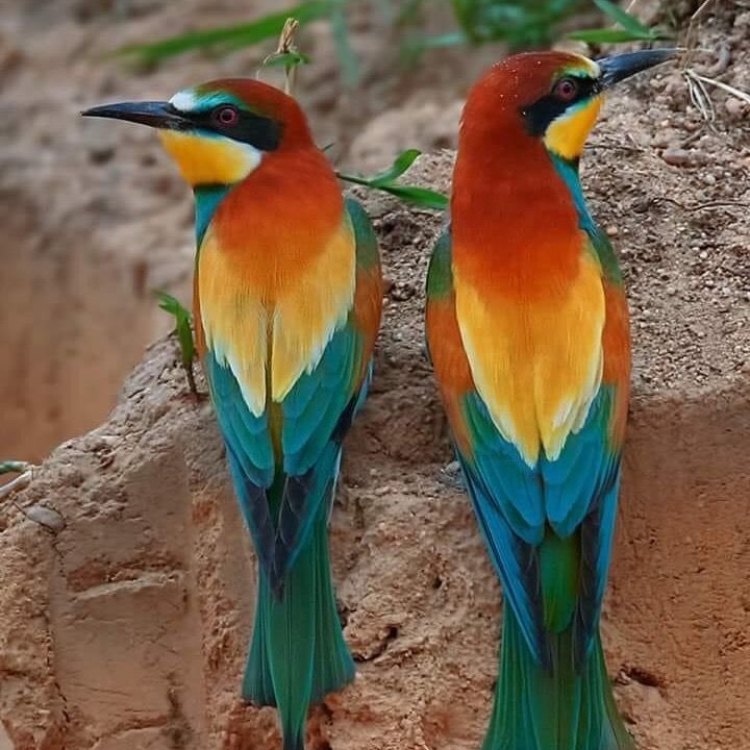
The Incredible European Bee Eater: A Colorful Bird with a Unique Diet
Disclaimer: The content provided is for informational purposes only. We cannot guarantee the accuracy of the information on this page 100%. All information provided here may change without prior notice.

